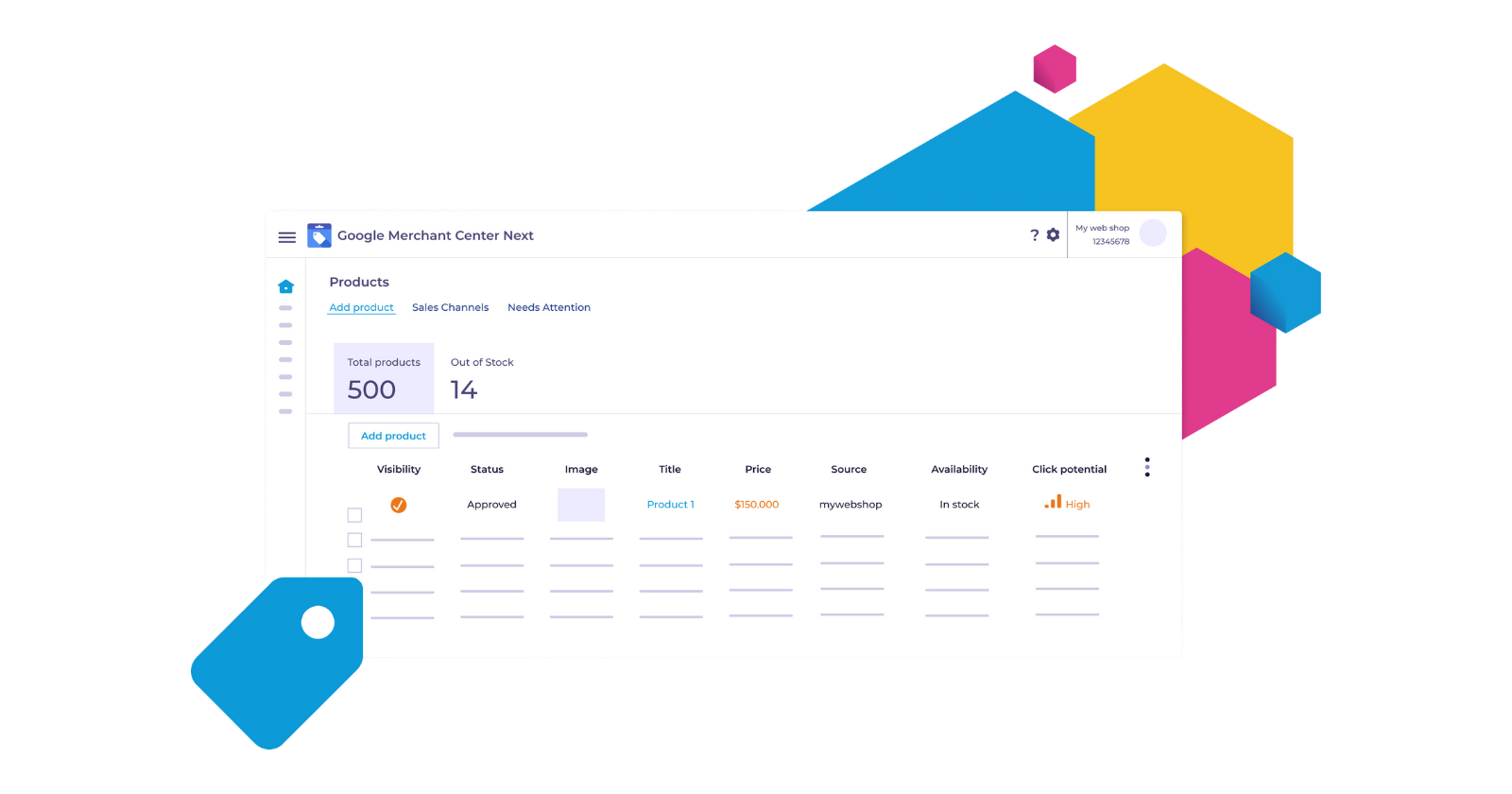A Deep Dive into Amazon's Inventory Management
Picture this: you are an Amazon retailer with items flying off the virtual shelves. Suddenly, you're out of stock with no immediate replenishment strategy. Sounds like a nightmare, right? Well, for many Amazon sellers, this scenario isn't far from the truth. In fact, effective inventory management has emerged as a crucial determinant for your success on the platform. Let's dissect this topic further for a better understanding.
Impact of Inventory Mismanagement
Inventory mismanagement isn't just about lost sales. For example, running out of stock can negatively affect your organic ranking and impede your advertising strategy on Amazon. Additionally, poor inventory control can limit the quantity of goods Amazon allows you to send for the Fulfillment by Amazon (FBA) program.
Inventory Performance Index (IPI) Score and Storage Volume
Your storage volume on Amazon is largely influenced by your IPI score. What is this score, you ask? Essentially, this metric assesses the efficiency of your inventory control on Amazon. An optimal IPI score equips you with greater storage capacity and spotlights your inventory efficiency. On the other hand, sellers whose IPI score dips below Amazon's established criteria may find themselves grappling with stringent storage limits, substantially obstructing sales forecasts and performance.
Calculating Your IPI Score
How is the IPI score determined, you wonder? In essence, it is a metric that captures, over a rolling 12-week period, your inventory control performance at Amazon. This score takes into account four critical elements:
- Your Excess Inventory, which determines if profitability may suffer from storage fees and holding costs.
- Your Sell-Through Rate which evaluates how fast your inventory is moving.
- Stranded Inventory, which monitors products that aren't selling due to listing issues on Amazon.
- In-Stock Inventory, illustrating the percentage of time your products have been available for purchase in the past 30 days.
These dimensions are not equal in weight. The Excess Inventory and Sell-Through Rate contribute to a majority of the IPI vibrance.
Navigating Amazon's Storage Limitations
Interestingly, Amazon regulates sellers' storage capacity based on storage utilization and sales history. It's easy to think that more items equal more sales, but the reality is quite the contrary. The result of crowded warehouses meant Amazon introduced storage limits in 2019, aiming to privilege quality over quantity.
To break this down, Amazon wants to ensure its customers can access popular products promptly. So, by scrutinizing your past inventory management habits and customer purchase patterns, Amazon apportions you a specific inventory space in its FBA warehouses.
Boosting Your IPI Score
Like any scoring system, an IPI score can be enhanced too. Should your IPI score fall below Amazon's stipulated threshold of 400 or within 50 points of that value, you can implement these steps:
- Examine Excess Inventory: Clamp down on excess by focusing on SKUs that are slow-moving or no longer in demand. If you don't expect it to sell within three months, remove it from your stock.
- Boost Sell-Through Rate: Encourage higher sell-through rates by dispatching fast-moving items in small quantities frequently.
- Monitor Stranded Inventory: Regularly check your stranded inventory and rectify listings that don't meet Amazon's guidelines.
- Maintain In-Stock Inventory: While this plays a minor role in increasing your IPI score, maintaining optimum in-stock inventory can protect you from lost sales.
Increasing your IPI score can take anywhere between 2 to 12 weeks, so anticipation here is key. A valid strategy could be bidding for a capacity increase if you're confident about selling the additional items to avoid incurring extra charges.
Exploring Additional Alternatives
Besides adhering to the above steps, diversifying sales outlets can also help. Employing third-party sellers can ensure the continuous availability of your slower-moving goods while you concentrate on selling your faster-moving SKUs. Alternatively, you could dedicate your FBA warehouse space to fast-moving, high-margin items while relying on Merchant Fulfilled (MF) for slower-moving goods.
Guidance for New Sellers on Amazon
If you're a new entrant to Amazon be it from Vendor Central or entirely new, start by sending small amounts of inventory initially. You can increase the inventory size once your sell-through rate stabilizes. The priority should be maintaining optimum inventory levels to avoid stockouts without causing excess inventory.
The Importance of Inventory Management on Amazon
In conclusion, managing your inventory holds paramount importance in your Amazon business journey. An effective strategy can not only maintain steady sales and efficient use of storage space, but also enhance the customer's purchasing experience. After all, in the grand scheme of online retail, a satisfied customer is a potential return customer.
Were these insights helpful in managing your Amazon inventory better? How are you planning to improve your IPI score? Feel free to share your thoughts!
Image/Photo credit: source url
[ad_2]



